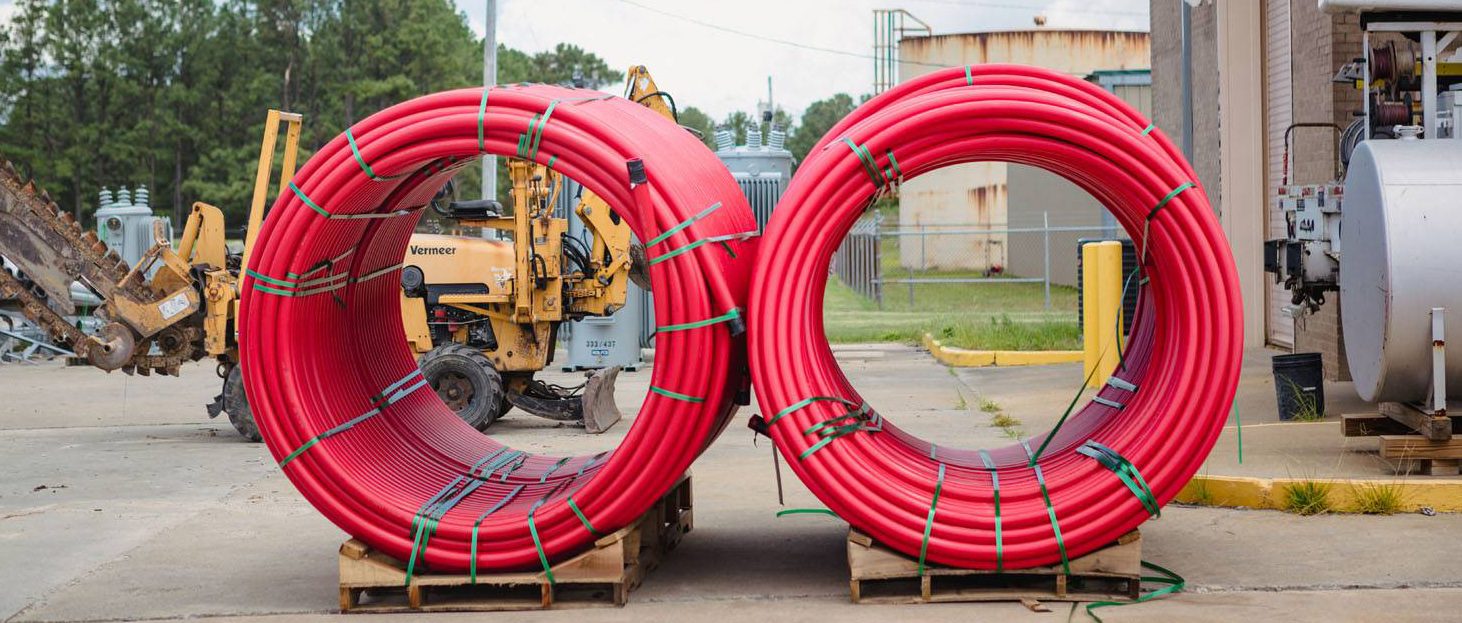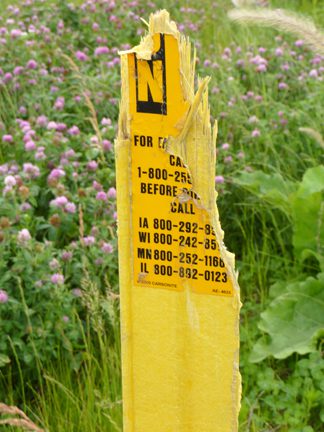This was originally sent out as our August 2019 Electric Newsletter
I. Preparing for the Storm
We are in the middle of hurricane season, and NOAA updated their Atlantic forecast. If predictions are right, we could see 10-17 named storms and 2-4 major hurricanes.
In the Carolinas several electric utilities have been increasingly undergrounding their lines to reduce the number of outages. Compounding the issue of downed overhead lines was the flooding that prevented crews from making the necessary repairs. Downed trees, high winds, and flooding had little to no impact on the underground lines.
While undergrounding is more costly upfront, a recent article making the case for undergrounding more facilities looked at WE Energies in Wisconsin and their very successful program that continues to expand.
II. Preventing Damage to Buried Lines
While burying more electrical lines will improve performance in the wake of any storm, it does introduce a new risk often not addressed. Excavation increases dramatically after the storm and corners are often cut by crews rushing to make repairs.

Damages to buried facilities rise dramatically, so its important to do everything you can to warn potential excavators about the presence and approximate location of buried cables. A durable and highly visible marker can work when other forms of communication are not available.
Warning markers are not a substitute for a call to 811 or the request for a locate, but they will reduce the risk of 3rd party damage. Natural disasters create all kinds of chaos, it’s important to make every effort up front to improve public safety.
In suburban and rural areas, well maintained and highly visible permanent markers can act like your last line of defense. The most recent DIRT Report shows 25,000 damages caused by facilities that were not located or mislocated. A permanent marker will reduce that significant risk.
In heavily populated areas where above ground markers are not practical,soil markers or curb markers will help identify approximate locations of underground assets and alert excavators.
There is a great deal of competition in the communications industry today. Reducing the number of 3rd party damages will improve network reliability, improve customer experience, and save valuable company resources.
III. Hall of Shame: Marking Failures from Around the World
Yikes … safe to say this marker is pretty dang worthless. We can assume this post was hit by a mower, and probably because he couldn’t see the 2-dimensional profile from the side. We have a couple solutions:
a) To prevent damaged posts like this, use our incredibly durableTriView® marker. It has superior visibility and can withstand repeated impacts.
b) To replace a flat marker like this, you should deploy one of our TriView XL marker posts. It was specifically made to retrofit flat posts and installation takes seconds.

IV. Must Watch
The summer heat is starting to get to us. Anyone else feeling nostalgic for winter? If you don’t miss those glorious days of high windchill and dead car batteries, maybe our TriView Impact on a Frozen Lake will get you back in the winter spirit!
The Inside Scoop: News from the Rhino Office
Overheard: “They taste like sweat.” – Tom Preston, Damage Prevention Consultant and office beer snob when describing Coors Light.
On the Road: We’ll be at the ISE show coming up next month in Fort Worth, TX. Stop by booth 721 if you’d like to see some awesome products, hear some average jokes, or get a few golf tips from Tom.
You Can’t Make This Up: Serious damages can be caused by excavators, backhoes, horizontal drilling, and … 75-year old ladies. This story is from 2011 but we couldn’t resist re-sharing it now.




